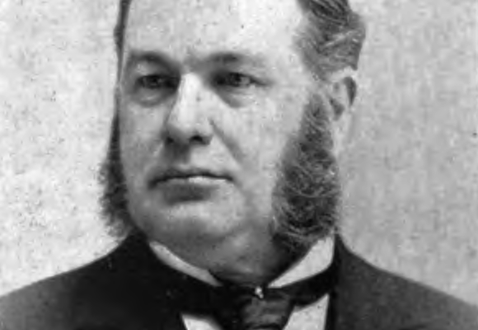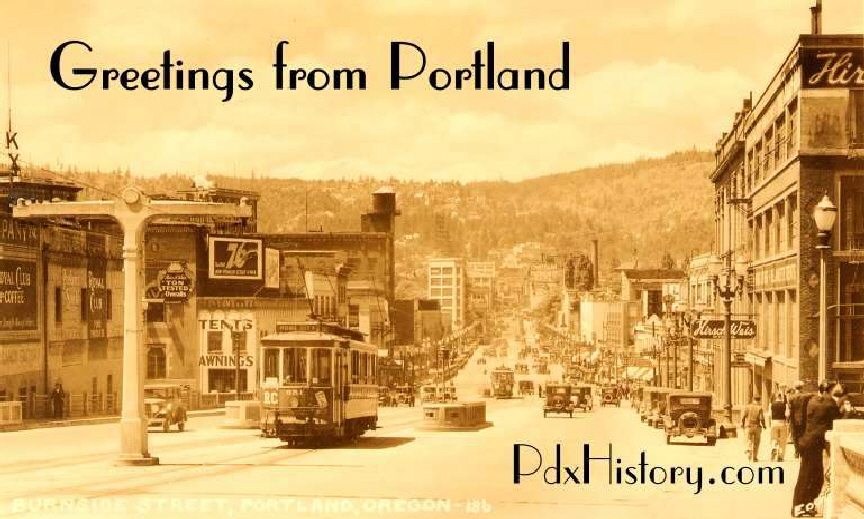
Mt Hood from Portland Oregon

The map above shows the three main cities in Oregon. The Capital is Salem. The largest city in Oregon is Portland that continues to grow.
Weather, Climate, and Hazards- According to Susan Wiley Hardwick one of the authors of The Geography of North America Environment/Culture/Economy. She explains that the mountains of the Pacific Northwest contributes to the "various temperature and precipitation phenomena..."(Hardwick, pg.304) Temperatures vary in different parts of the state. It is cool in the winter, but it would be freezing in the mountains. Summer time it is cool and warm throughout the state and along the coastline it much cooler from other parts of the state that are not near the Pacific Coast. However, much like Seattle it does rain often throughout the year. Nevertheless, Oregon has some of the best weather year around. The charts below from City-Data.com show that Portland, Oregon is a bit below in every category compared to the rest of the United States. Its clear the Oregon does get good weather year round, but the only downside is that it does rain more than compared to California.
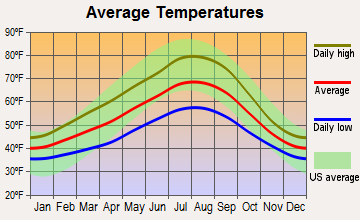 | 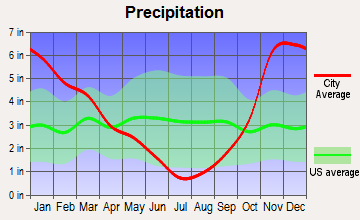 |
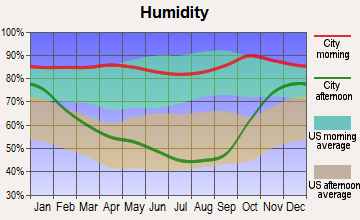 | 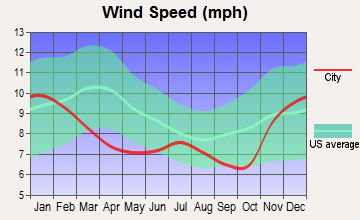 |
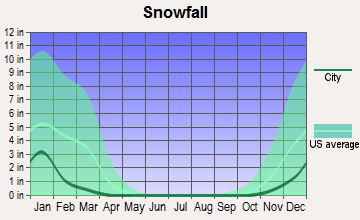 | 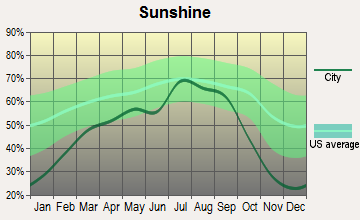 |
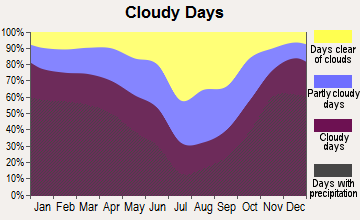 |
The Railroad- Other than the Oregon Trail that brought thousands of Americans from different parts of the United States. The railroad contributed to the population increasing in the Pacific Northwest. In the early 1880s San Francisco and Seattle still had a larger population the Portland. The Central Pacific Railroad contributed to large numbers of immigrants coming from parts of Canada, Germany, Scandinavia, and form other parts of Europe and Asia.(Hardwick,309) The image below in an early map of the railroad lines that connected the Pacific Northwest all the way from San Francisco to Washington State. The railroad had a great impact on the development of the Pacific Northwest. It made it less difficult to migrate to the west. No longer did Americans have to take the long journey on the Oregon Trail. The railroad also provided industries the ability ship out products much faster. That helped the economy of Oregon and other states in the west that were still developing.
it might be a bit hard to see but the red lines in the map is the railroad. This map is from Library of Congress that is featured on the website American Memory.
Population of Oregon- According to one Gallup Poll study, Oregon is one the most liberal and less religious states in the country. Since the railroad Oregon population has continued to increase. Portland is the third largest city in the Pacific Northwest. Its rapid increase in population led to city government to pass certain laws to help prevent development in certain areas. These laws are know as urban growth boundary. According to the class textbook "urban growth boundaries are designed to effectively limit sprawl on the outer edges of Oregon cities."(Hardwick, 318) These laws help preserve the great environment of Oregon. Although Oregon in one of the largest producers of timber. It still has large amount of land that is preserved. Making it a great place to explore nature and its cities. Portland has become one of the best cities to live in. However, the amount of people moving to Portland affected the prices of house to double from what it was before. Living in Portland has many great benefits. Oregon is known for its equal employment, and for having fair wages. It also has some of the largest industries when it come to timber and food processing.
Places in Portland, Oregon- Portland is one of the most diverse cities in the United States. Most recently a hit t.v show has been made about the city and its so-called weirdest. The city has embraced many cultures, styles, and people from all over the world. Some of the main attraction of Portland would be it beer production. According one video on youtube Portland has about 50 independent breweries. Portland had benefit greatly from tourism in recent years. I am looking forward to visiting and exploring the state this summer.
Citations:
http://www.layoverguide.com/2014/02/layover-in-portland-oregon.html
http://www.panoramio.com/photo/22334030
http://youtu.be/zAM4y6TNtHk
http://youtu.be/Jb-KjyW2zA0
http://youtu.be/DxoJ9IaepBI
Hardwick, Susan Wiley, Fred M. Shelley, and Donald G. Holtgrieve. 2008. The geography of North America: environment, political economy, and culture. Upper Saddle River, NJ: Pearson Prentice Hall.

